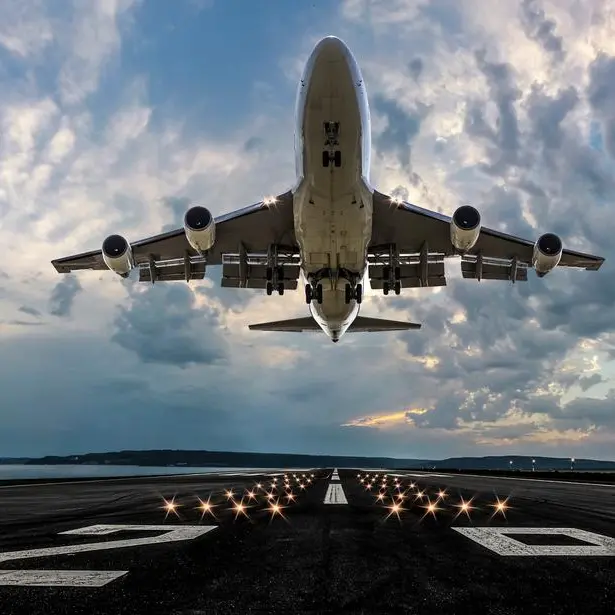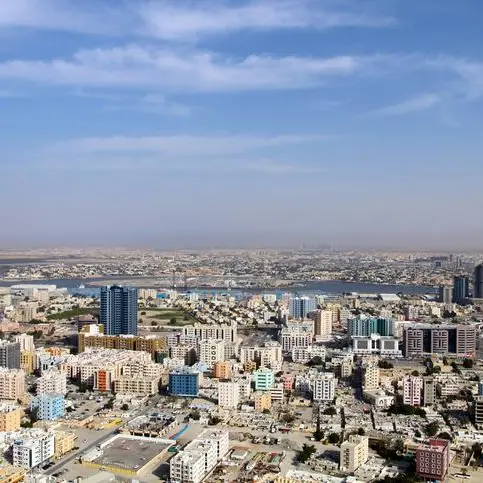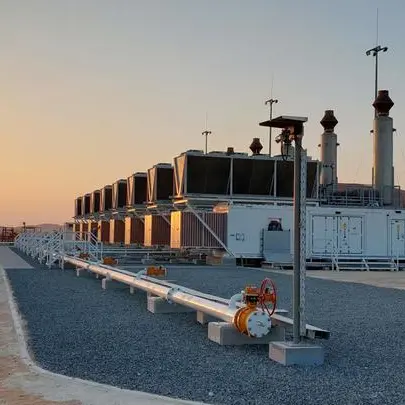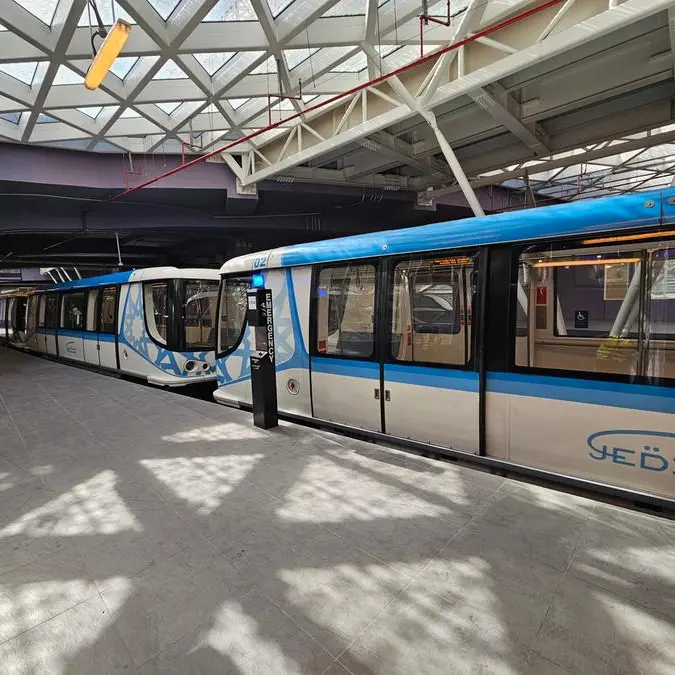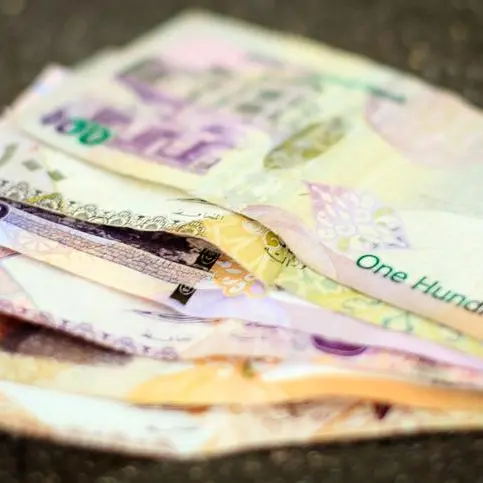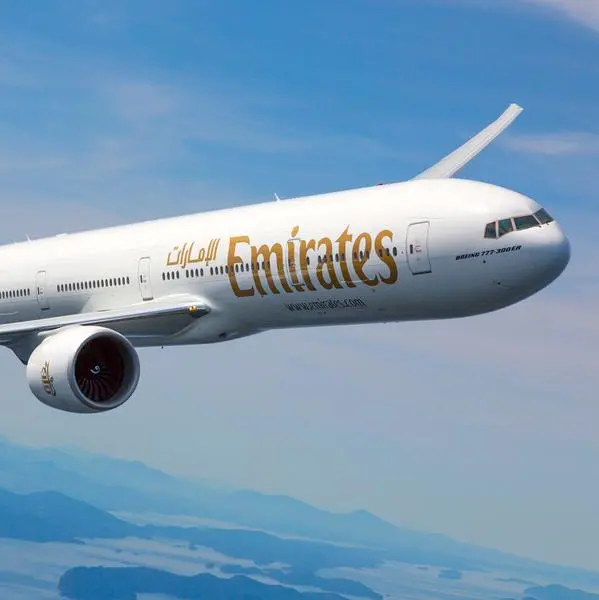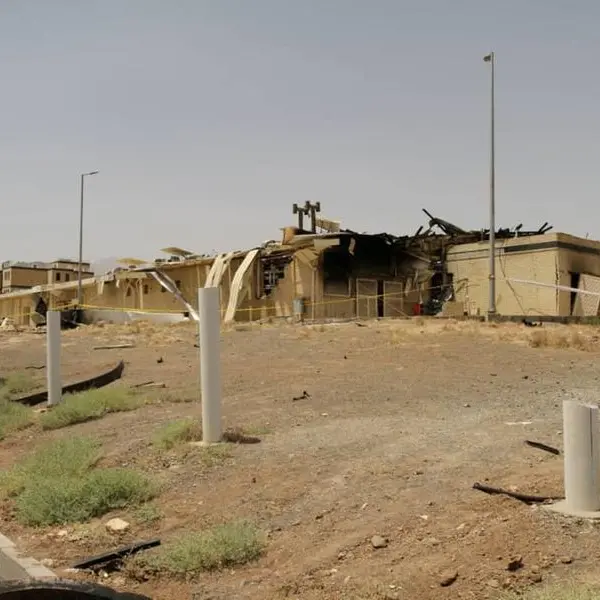Sunday, Oct 04, 2015
Dubai: Saudi Arabia’s insurance sector stands to gain from factors such as improving tariffs, increasing earnings, enhanced capitalisation and growing total premium volumes, according to credit rating agency Standard & Poor’s.
Overall, the gross premium written (GPW) in Saudi Arabia in the first six months of 2015 reached 19 billion Saudi riyals, up by 24.3 per cent on the 15.3 billion riyals written in the first half of 2014. At the same time, the sector reported net comprehensive income of 183.2 million riyals for the first half of 2015 compared to 113.6 million riyals for the same period last year.
Retained earnings and a series of rights issues across the sector have seen shareholders’ funds surging 27.8 per cent to 10.9 billion riyals in the first six months of this year.
“We anticipate that the sector’s full-year 2015 gross premiums will be about 25 per cent higher than those in 2014, largely because of price increases on the main insurance lines — group medical and motor,” said Standard & Poor’s credit analyst David D Anthony.
“Growing demand for insurance in the near term, combined with regulatory encouragement of highly prudential “actuarial pricing” after the price war of 2012-2013, means that Saudi Arabia’s insurers are showing few signs of being affected by the fall in oil prices.”
Although the sharp fall in oil prices during the past 14 months remains a main concern at sovereign and macroeconomic levels, its impact on the insurance sector has been negligible so far as Saudi insurers write relatively little commercial or industrial risk business, and retain less.
The strong growth in sector premiums is likely being driven by the demographics of an expanding population and compulsory medical cover extended to employees.
“Nearly all Saudi insurers are experiencing clear earnings benefits from the improved pricing environment in their single, domestic market. The often underpriced business written during the 2012-2013 price war is running off and the more attractive margins on more recent business are emerging as profit,” Anthony said.
Saudi Arabia has enforced actuarial pricing and as a result, the sector’s main lines — group medical and compulsory third-party motor liability — have seen tariff increases and higher premium volumes. Anecdotal evidence suggests many insurers have seen rate rises of 15 to 20 per cent or more in 2015.
Of the kingdom’s 34 local insurers, 21 reported positive comprehensive net income for the first half of 2015 totalling 602 million riyals, while 13 reported cumulative first half losses of 418.8 million riyals. In most cases, those companies reporting losses despite the increasingly attractive pricing environment are relatively recent start-up companies.
Consolidation within the Saudi insurance sector has long been proposed as a possible solution to the problem of insufficient scale common to many of the sector’s smaller players.
However, S&P analysts expect little or no movement in this regard.
“All insurers in Saudi Arabia have to be listed, but elevated share prices relative to net asset values, compounded by the sometimes ambiguous legal framework in which Saudi insurers must operate, make it extraordinarily challenging for local insurance companies to successfully complete any merger or acquisition (M&A) initiative,” Anthony said.
Meanwhile, sector overcrowding has caused regulator Saudi Arabian Monetary Agency (SAMA) to make it clear that it will issue no new insurance licences. Foreign insurers keen to enter the Saudi market may still be prepared to consider taking a minority equity stake in an existing local insurer.
By Babu Das Augustine Banking Editor
Gulf News 2015. All rights reserved.
